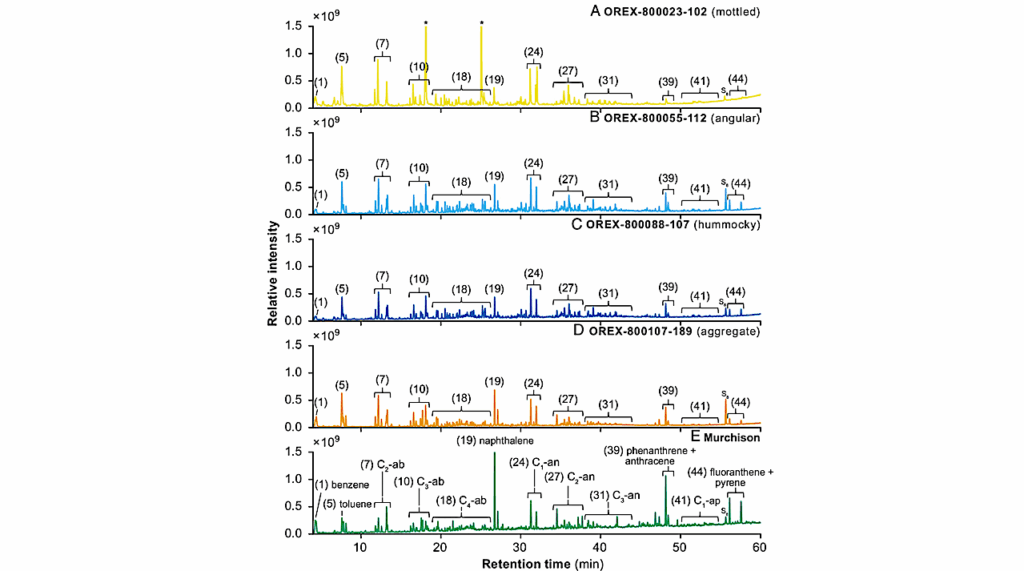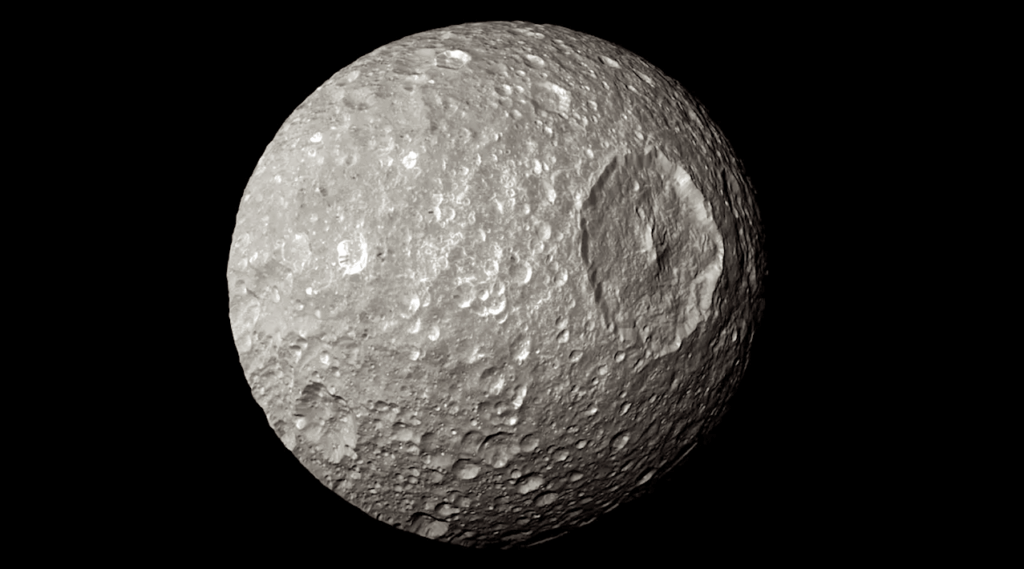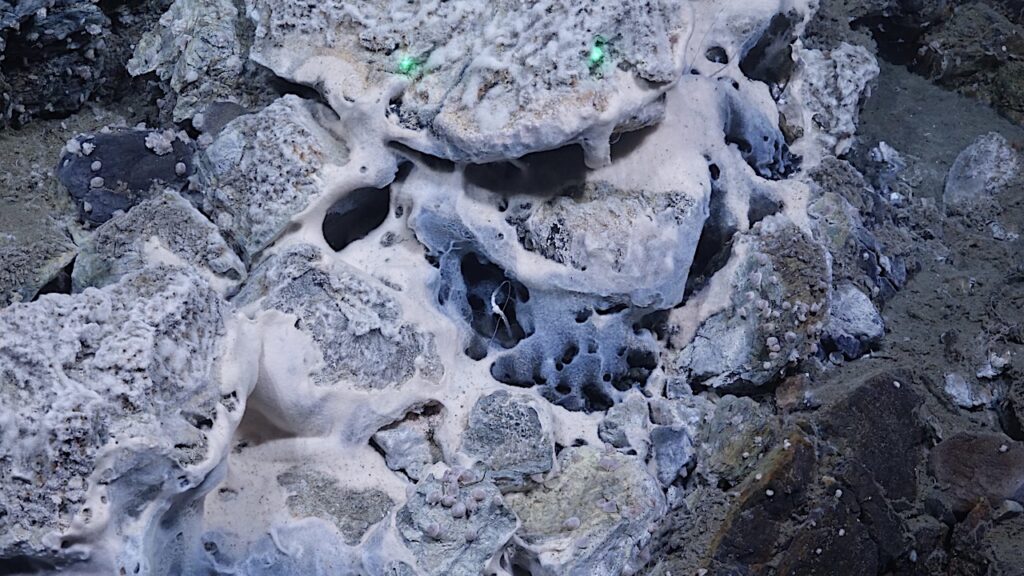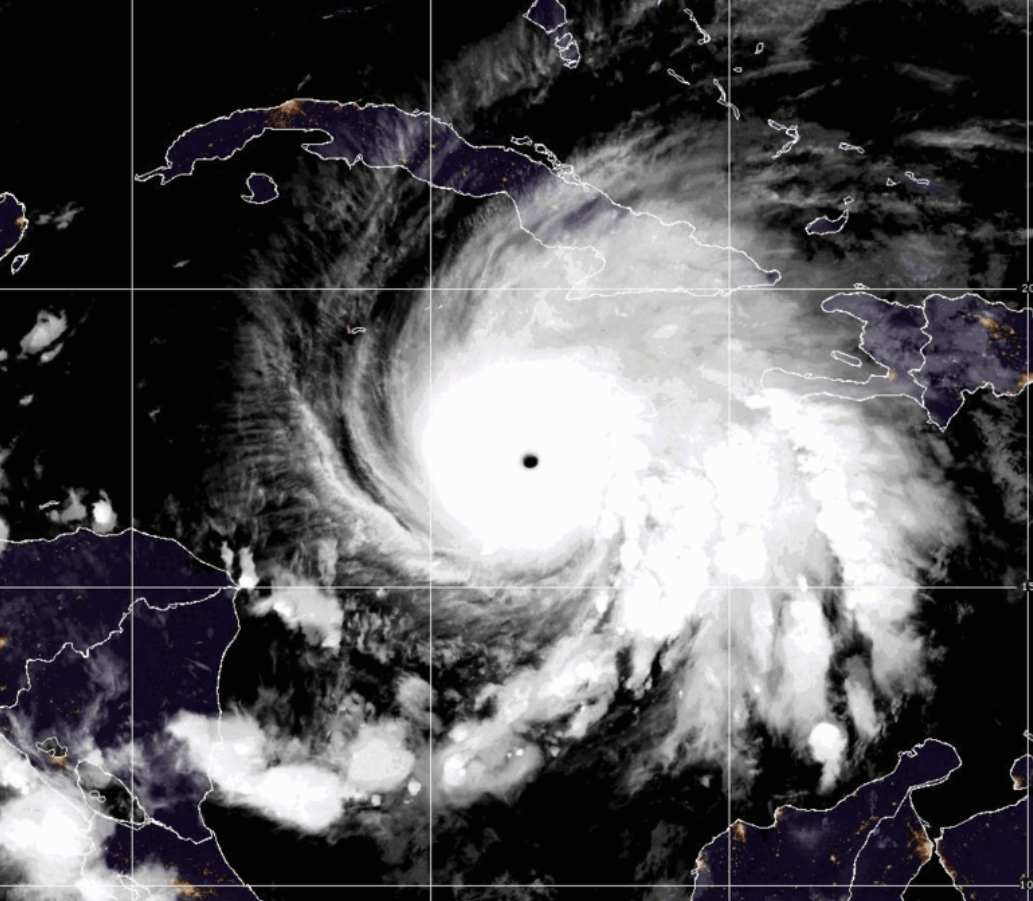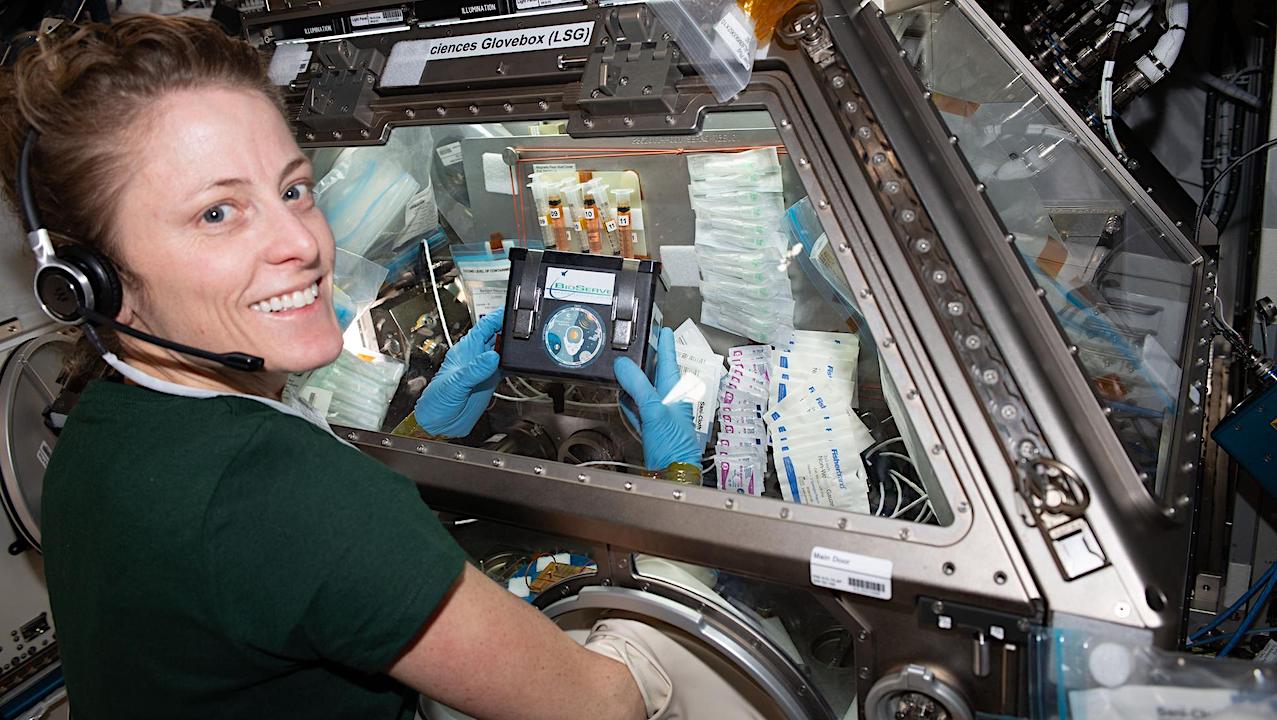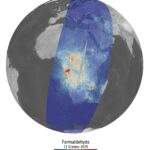Now Reading: Spatiotemporal Impacts of Enceladus- and Earth-relevant Ammonia Gas On Cultivation of Extremophile Halomonas meridiana
-
01
Spatiotemporal Impacts of Enceladus- and Earth-relevant Ammonia Gas On Cultivation of Extremophile Halomonas meridiana
Spatiotemporal Impacts of Enceladus- and Earth-relevant Ammonia Gas On Cultivation of Extremophile Halomonas meridiana
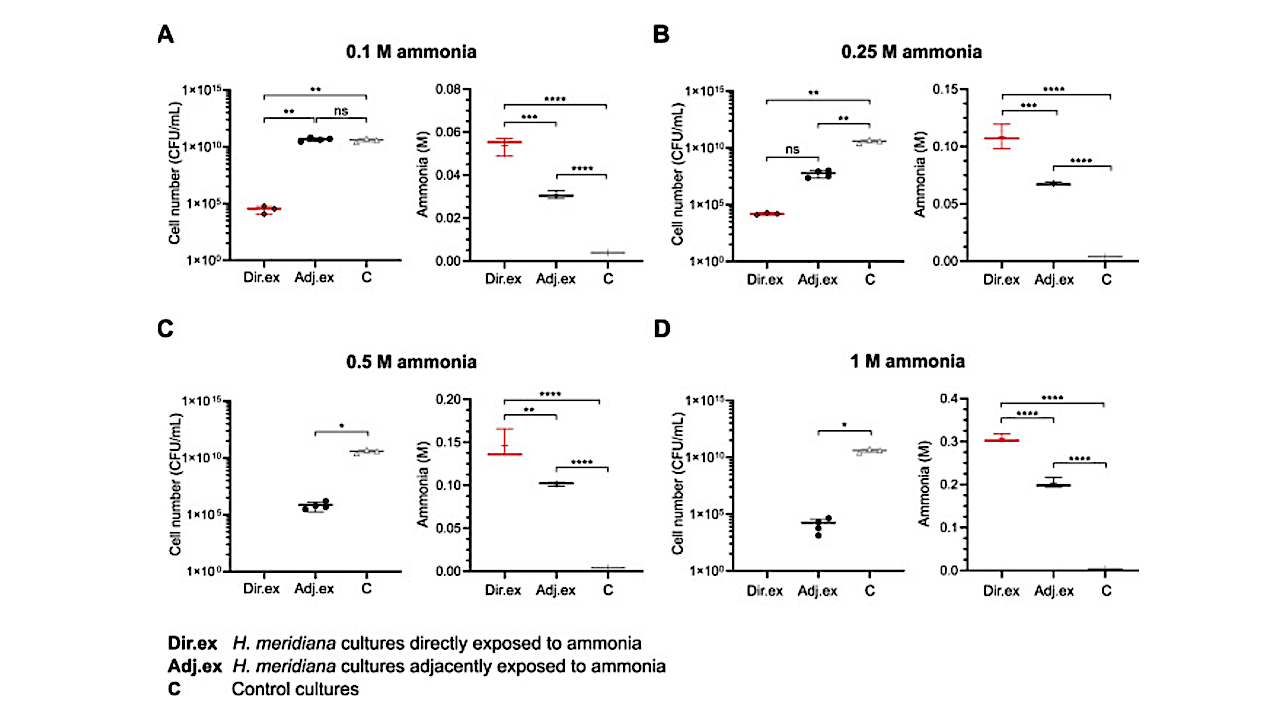

Spatiotemporal Impacts of Enceladus- and Earth-relevant Ammonia Gas On Cultivation of Extremophile Halomonas meridiana
One underexplored aspect of microbial growth is the impact of toxic gases transported through the atmosphere. Ammonia is a gas that can supply essential nitrogen but also exert cellular toxicity.
Ammonia volatilized from a concentrated source into surrounding environments is therefore a crucial consideration when assessing the capacity of environments to support life, such as within terrestrial environments polluted with ammonia, or the ice crusts above ammonia-water oceans of icy moons.
We cultivate Halomonas meridiana proximal to an ammonia source and examine the impact of ammonia volatilization on growth. Lower cell densities (OD600 = 0-1) occurred nearest the ammonia source. At 24 h, wells exhibiting an OD600 = 0-0.5 were evident when ammonia concentrations were ≥ 0.5 M. H. meridiana in proximity to 0 M, 0.1 M, 0.25 M, 0.5 M, and 1 M ammonia exhibited OD600 > 2 in 89.86%, 57.97%, 37.32%, 30.07%, and 18.48% of culture wells at 48 h, respectively.
Alteration to growth kinetics and viability of H. meridiana cultivated adjacently to an ammonia source (“adjacently exposed”) were not as severe compared to direct culture in ammonia (“directly exposed”). Compared to control, adjacent exposure to 0.1 M ammonia exerted no significant detrimental effect on growth kinetics and enhanced cell density, but adjacent exposure to ≥ 0.5 M ammonia greatly extended lag time, doubling time, reduced cell density, and reduced viability. Ammonia volatilized from 0.1 M sources may thus minimally affect, if not improve, habitability, whereas environments exposed to ammonia volatilized from sources at ≥ 0.5 M could constrain habitability.
Spatiotemporal Impacts of Enceladus- and Earth-relevant Ammonia Gas On Cultivation of Extremophile Halomonas meridiana, Microbial Ecology via PubMed
Astrobiology,
Stay Informed With the Latest & Most Important News
-
 012024 in Review: Highlights from NASA in Silicon Valley
012024 in Review: Highlights from NASA in Silicon Valley -
 02Panasonic Leica Summilux DG 15mm f/1.7 ASPH review
02Panasonic Leica Summilux DG 15mm f/1.7 ASPH review -
 03How New NASA, India Earth Satellite NISAR Will See Earth
03How New NASA, India Earth Satellite NISAR Will See Earth -
 04And Thus Begins A New Year For Life On Earth
04And Thus Begins A New Year For Life On Earth -
 05Astronomy Activation Ambassadors: A New Era
05Astronomy Activation Ambassadors: A New Era -
06SpaceX launch surge helps set new global launch record in 2024
-
 07Space Force plans new ‘Futures Command’ amid pressure to speed up modernization
07Space Force plans new ‘Futures Command’ amid pressure to speed up modernization













